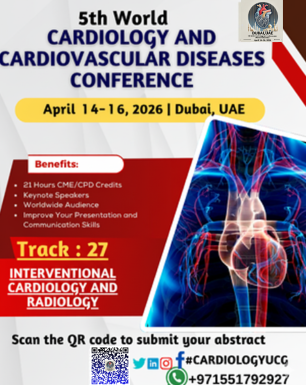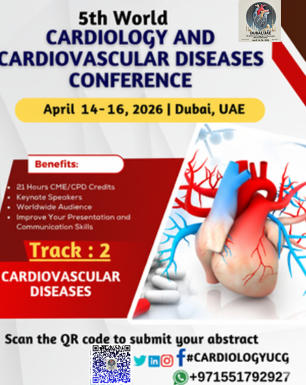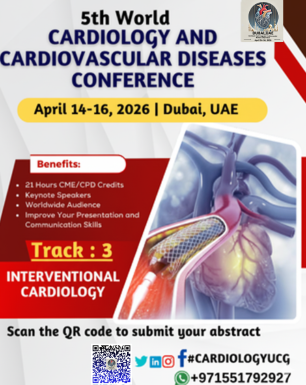



Sub Topics: Coronary Artery Disease, ...


Focus: Heart and blood vessels.
Typical Procedures:
Angioplasty: Opening narrowed or blocked coronary arteries using a balloon.
Stent Placement: Inserting a small wire mesh tube to keep arteries open.
Atherectomy: Removing plaque from arteries.
Closure of heart defects: Such as ASD (atrial septal defect) or PFO (patent foramen ovale).
Valvuloplasty: Widening narrowed heart valves.
Imaging Used: Fluoroscopy (real-time X-ray), intravascular ultrasound (IVUS), and optical coherence tomography (OCT).
Common Conditions Treated:
Coronary artery disease
Heart valve disorders
Congenital heart defects
Focus: Multiple organ systems throughout the body.
Typical Procedures:
Angiography and embolization: Visualizing blood vessels and blocking abnormal ones (e.g., aneurysms, bleeding).
Image-guided biopsies
Drainage of abscesses or fluid collections
Tumor ablation: Destroying cancer cells using heat, cold, or chemicals.
Placement of catheters (e.g., for dialysis or chemotherapy)
Vertebroplasty/Kyphoplasty: For treating spinal fractures.
Imaging Used: X-ray, CT, MRI, ultrasound, fluoroscopy.
Common Conditions Treated:
Cancer
Vascular malformations
Deep vein thrombosis
Uterine fibroids
Liver disease
Both use catheters and imaging guidance.
Procedures are minimally invasive, usually performed through small skin punctures.
Reduced recovery times compared to open surgery.
| Feature | Interventional Cardiology | Interventional Radiology |
|---|---|---|
| Main Focus | Heart and coronary vessels | Multiple organs and body systems |
| Primary Specialists | Cardiologists with cath lab training | Radiologists with interventional training |
| Imaging Modalities | Fluoroscopy, IVUS, OCT | Fluoroscopy, CT, MRI, Ultrasound |